Bakar BioEnginuity Hub
Smart Fish worked with Heckmann Communications to develop an exclusive feature for Tradeline Publications on the dramatic transformation of the former Berkeley Art Museum on the UC Berkeley campus into a state-of-the-art life sciences incubator called the Bakar BioEnginuity Hub. Smart Fish handled all research, writing, and interviews related to the feature article, as well as managing the editorial requirements and contact review process.
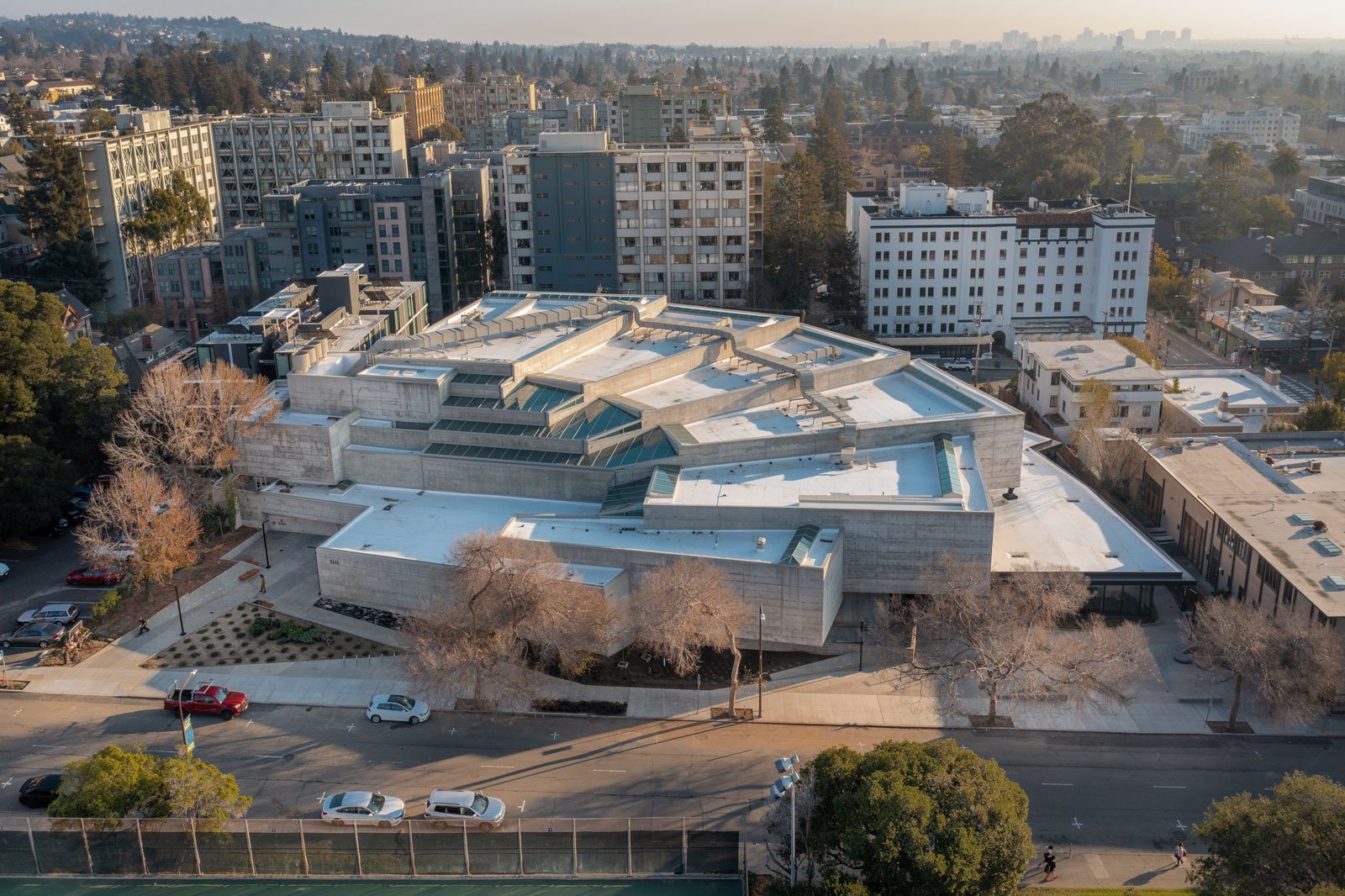
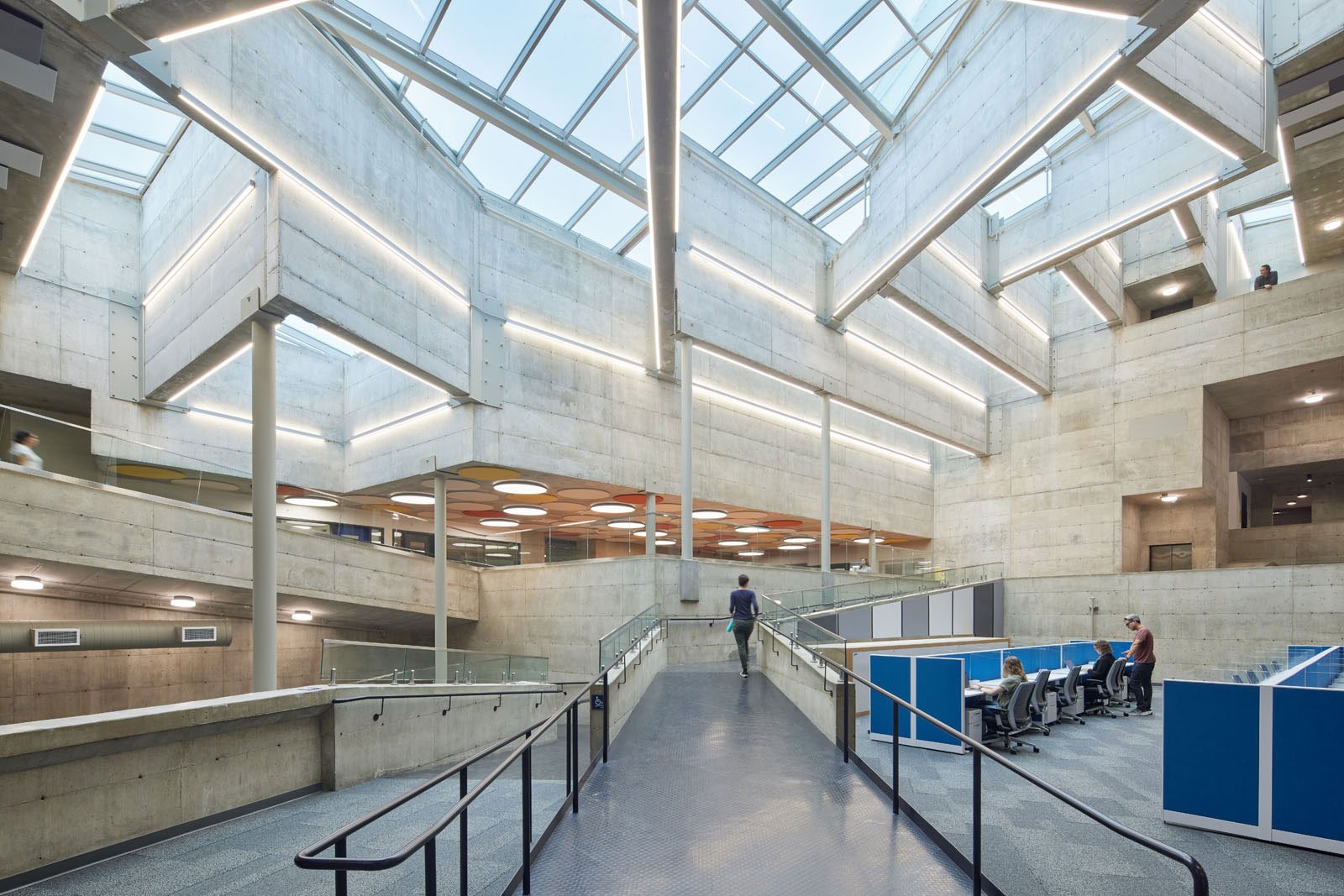
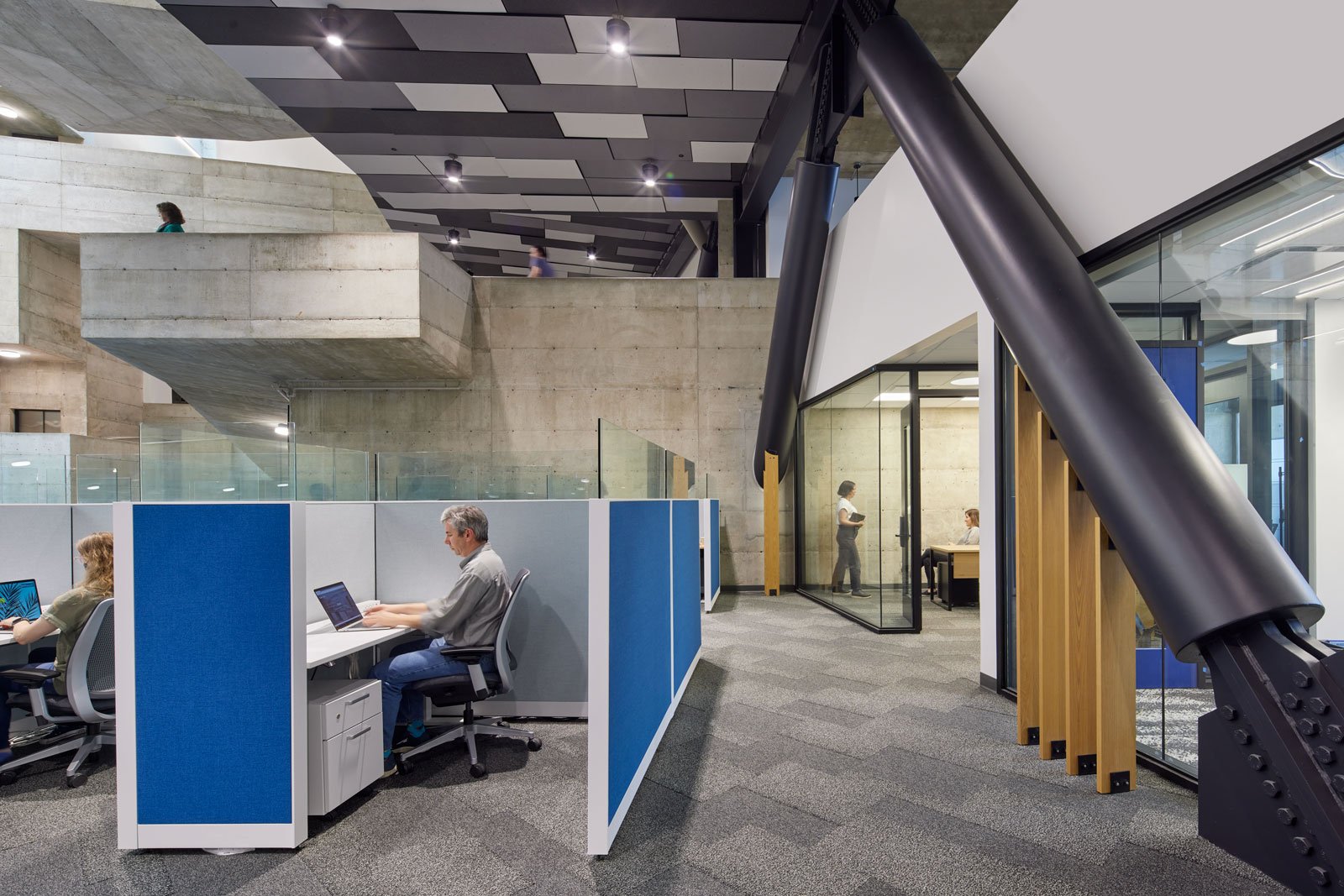
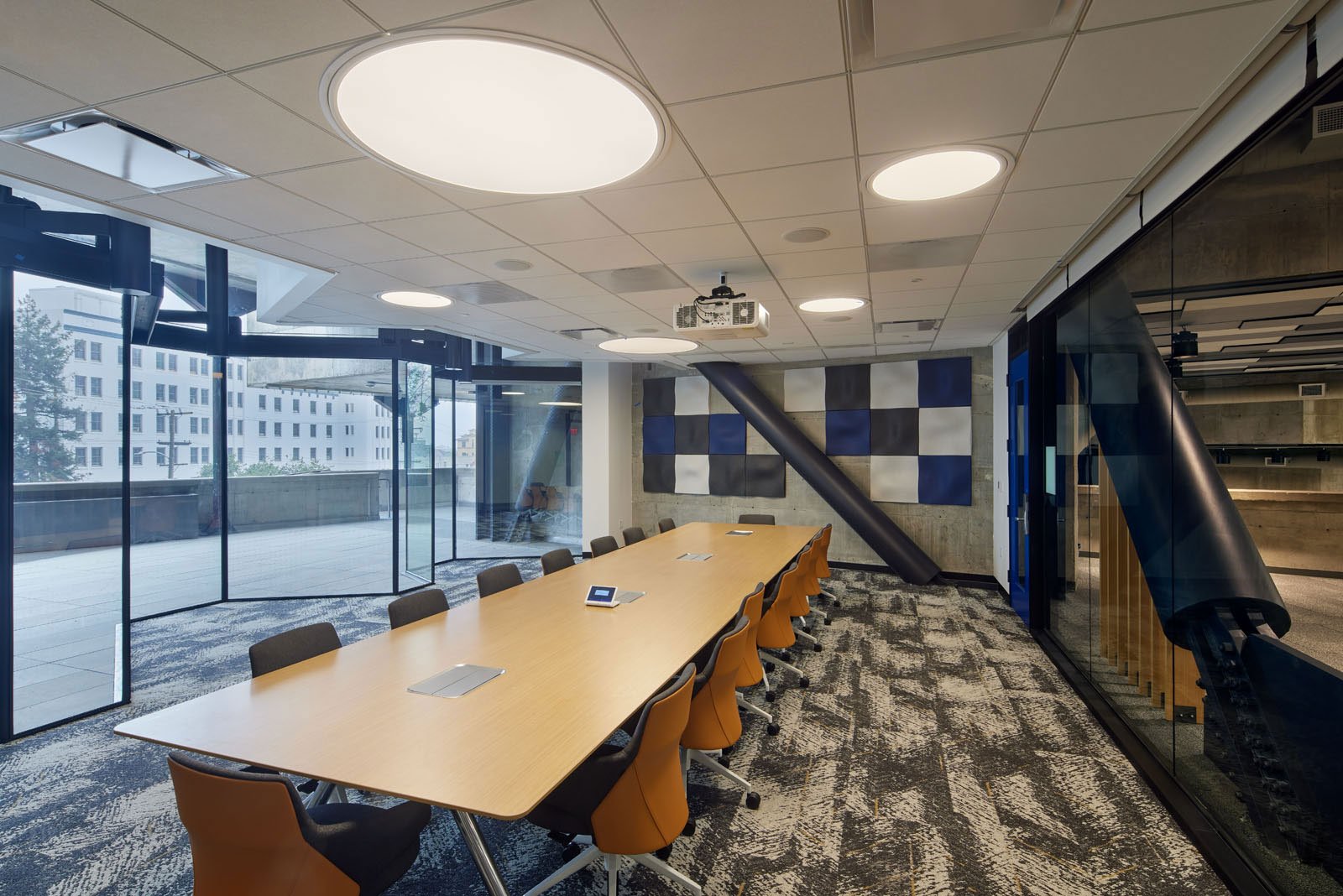
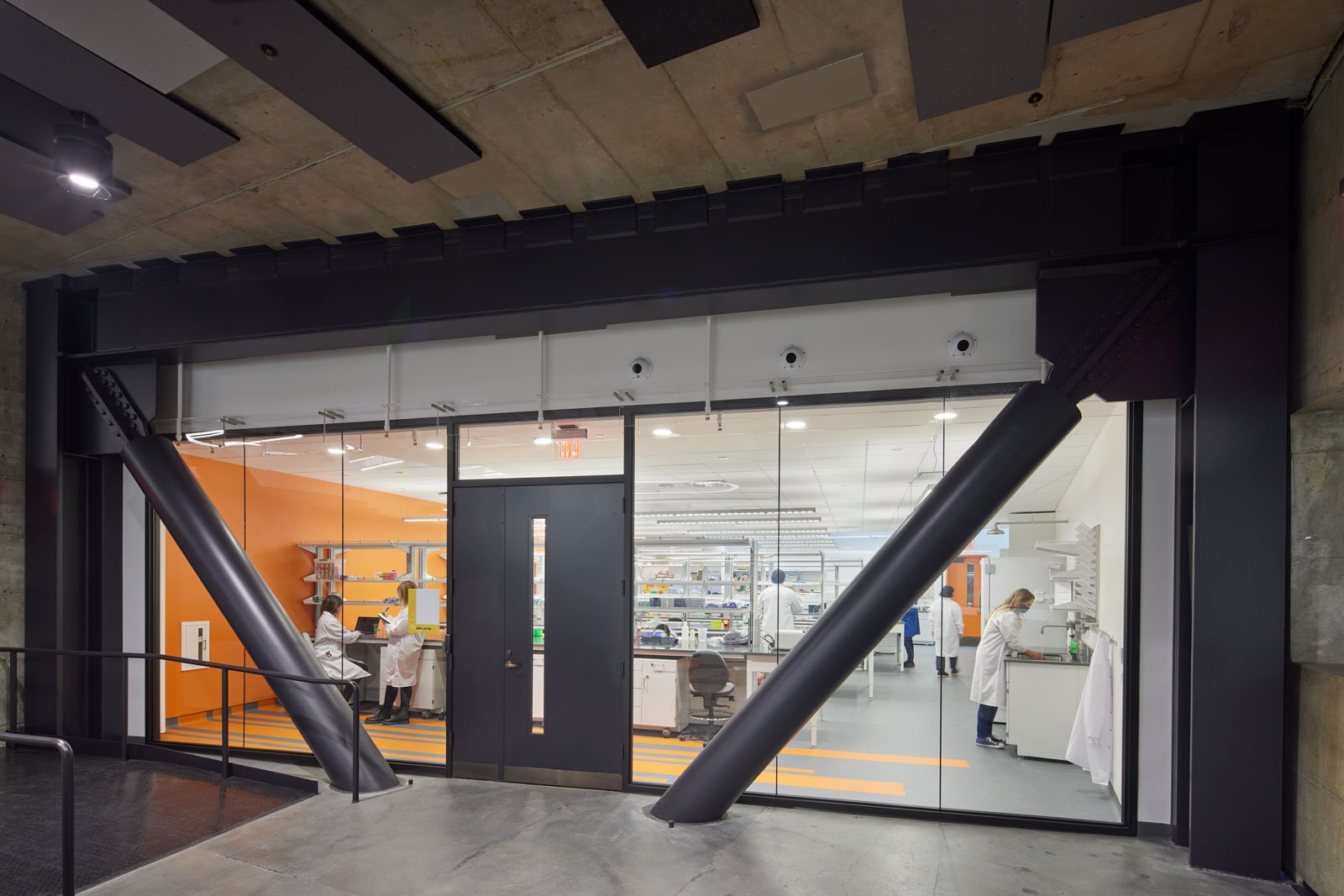
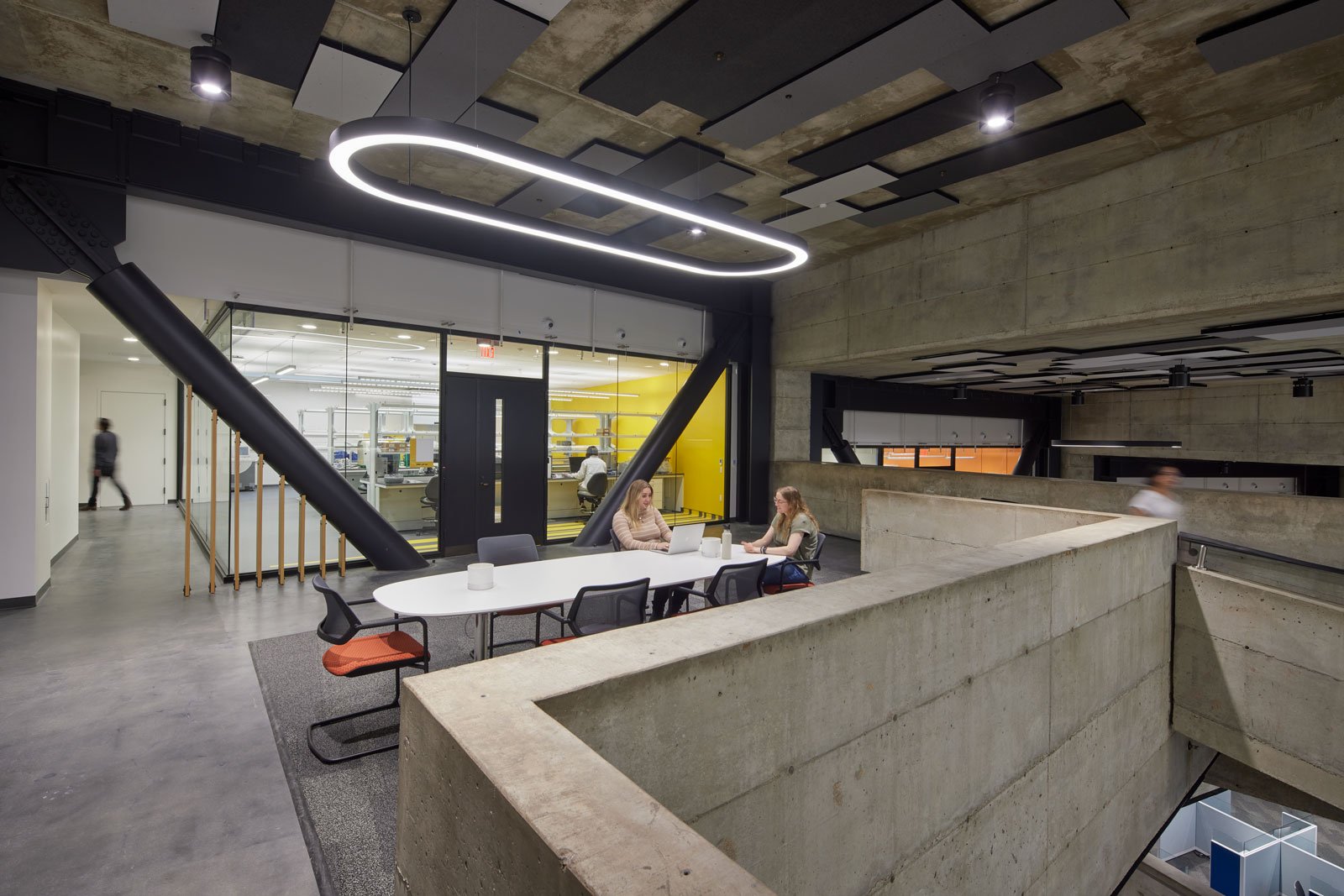
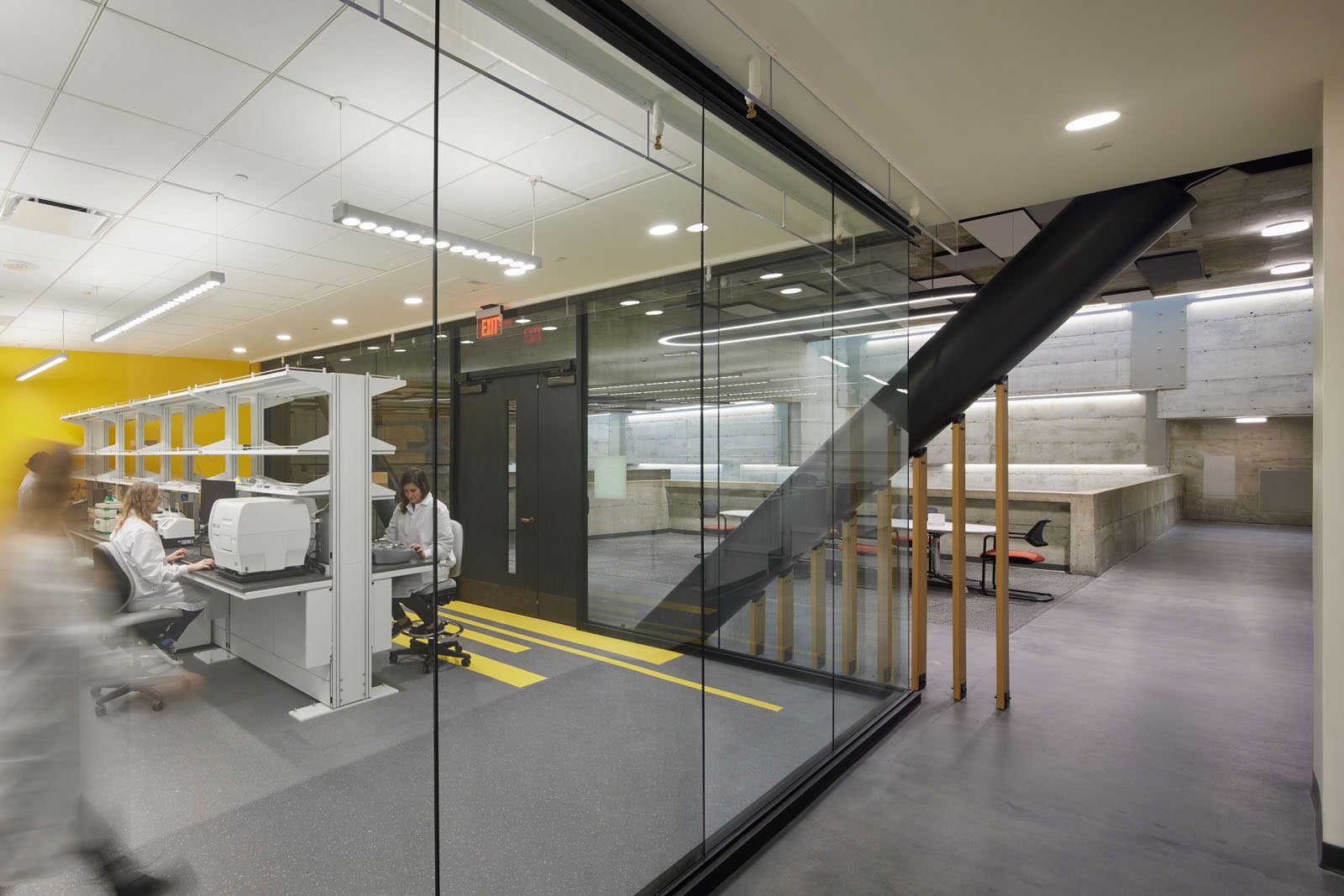
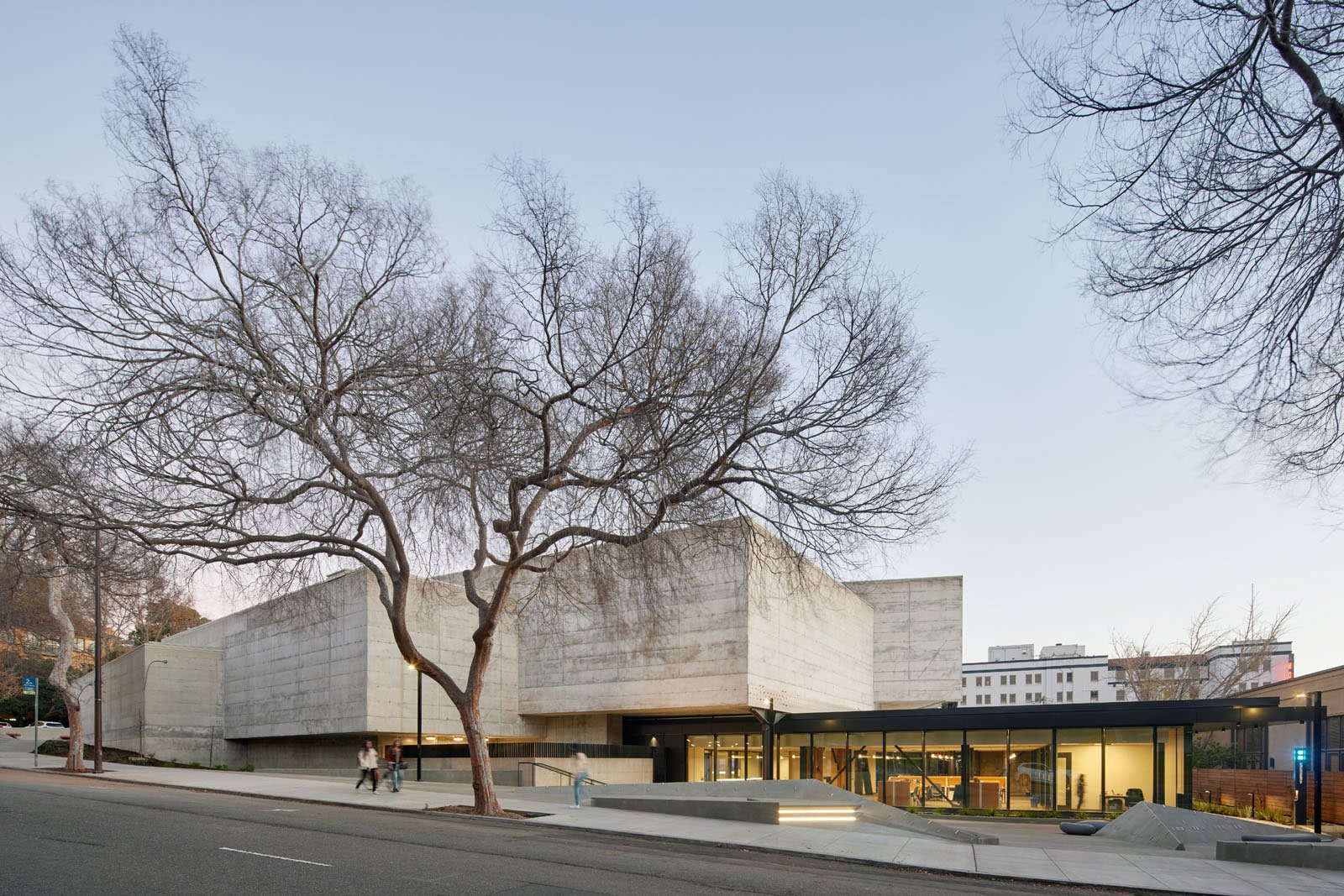
About the Bakar BioEnginuity Hub
The Bakar BioEnginuity Hub (BBH), a newly opened life science incubator in Woo Hon Fai Hall on the University of California Berkeley campus, sets a new standard for adaptive reuse of historically significant buildings. Originally completed in 1970, the 94,000-sf cast-in-place concrete building was designed by famed San Francisco architect Mario Ciampi as the home of the Berkeley Art Museum and the Pacific Film Archive. Considered an iconic example of mid-century brutalist architecture, the building was found to have significant seismic vulnerabilities after a campus-wide assessment was conducted in 1997. Despite installing temporary reinforcement bracing that improved the building’s seismic rating from “very poor” to “poor,” the museum ultimately moved to a new location in 2014, leaving the massive complex vacant until a decision was made in 2018 to transform it into a life science research incubator that also preserved the building’s historic legacy. While the bold adaptive reuse goal was laudable and widely supported, the architectural engineering and mechanical challenges of retrofitting the historic building to support the needs of a modern flexible life sciences lab were unprecedented.
The building’s transformation was ultimately enabled after an innovative renovation plan was developed by a team that included MBH Architects working in collaboration with structural engineering firm Forell/Elsesser—which handled the previous seismic upgrades—along with mechanical/electrical engineers PAE, and preservation architect Page & Turnbull.
Photo by Bruce Damonte, courtesy of Bakar BioEnginuity Hub
“The original building structural design is kind of a house of cards,” says Allen Nudel, director of business strategy at Forell/Elsesser who led the structural team. “It's an awe-inspiring and beautiful icon of innovation, and one of the most architecturally complicated structures in the Bay Area—maybe in the entire western United States. It was by far the most difficult seismic retrofit we've ever done.”
